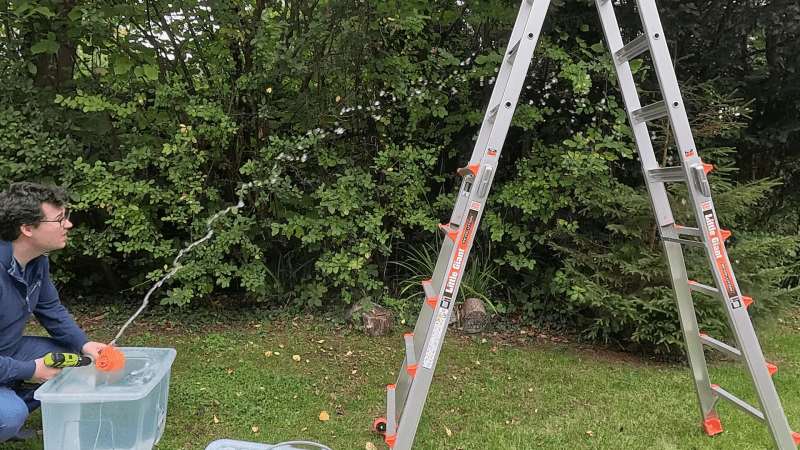3D printing has taken off into the hands of almost anyone with a knack for wanting something quick and easy. No more messing around with machining or complex assembly. However, with the general hands-off nature of most 3D prints, what could be possible with a little more intervention during the printing process? [Ben] from Designed to Make represents this perfectly with an entire centrifugal pump printed all at once.
This project may not entirely fit into the most strict sense of “print in place”; however, the entire pump is printed as one print file. The catch is the steps taken during printing, where a bearing is placed and a couple of filament changes are made to allow dissolvable supports to be printed. Once these supports are dissolved away, the body is coated with epoxy to prevent any leakage.
Testing done by [Ben] showed more than impressive numbers from the experimental device. Compared to previous designs made to test impeller features, the all in one pump could stand its own against in most categories.
One of the greatest parts of the open source 3D printing world is the absolute freedom and ingenuity that comes out of it, and this project is no exception. For more innovations, check out this DIY full color 3D printing!
















Clever way of completely and utterly dissolving the water-soluble supports
I’m wondering something though, since he’s adding bearing and o rings as it’s printing, why even bother with the dissolving supports at all?
Why not not print those parts and add them as it prints in the same way that he’s adding the other parts during the print?
I could see it if it was a hands off print from start to finish but since he’s having to add components as it’s printed, it just seems unnecessary to add the step of dissolving supports as well as the 3 day break down of those supports.
Or am I totally wrong in looking at it that way?
Hi David, That’s a great question. The impeller and casing are actually curved in 3 dimensions. With the impeller and casing curving up and getting narrower at the top of the casing towards the inlet. This is partly to improve the pumps efficiency, but mainly to enable the pump casing to be printed without any supports. If the impeller was added to the print during the print the top of the impeller would be higher than the level of the print. So once the print is restarted the print head would hit the impeller. If the top of the pump casing and impeller were flat then the print would either fail trying to print a large flat surface of the casing without any supports or the casing would sag and interfere with the impeller and it wouldn’t spin freely.
YouTube trend of the creator putting on his/her ‘surprise buttsex face’ for the thumbnail?
Personally while print in place is novelty if you have to stop the print for bearings and seals AND coat it in epoxy afterwards anyways why not just print the parts. Likely needing less or no supports. Put the stuff together and then coat in in epoxy. Like which one of these is actually a bigger hassle?